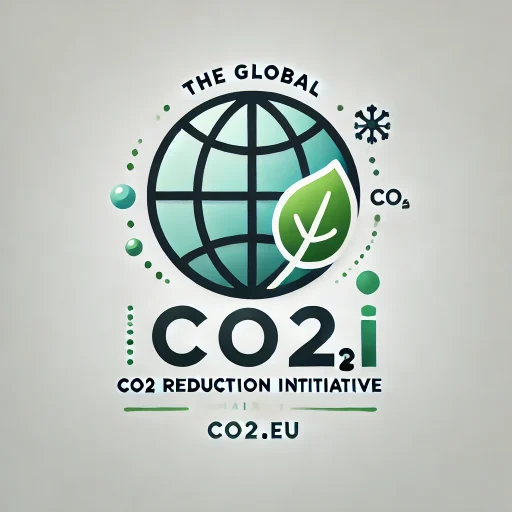Carbon Reduction Activities in Europe: April 2025
Executive Summary: The European Union continues to advance its carbon reduction efforts through strategic initiatives and policy frameworks. Recent developments include the Clean Industrial Deal, which aims to enhance industrial competitiveness while ensuring sustainability, and the EU Emissions Trading System, which has achieved significant emissions reductions. These efforts are part of the broader European Green Deal, which seeks to make Europe the first climate-neutral continent by 2050.
Introduction
Between April 7, 2025, and April 13, 2025, several significant carbon reduction activities were announced in Europe. These initiatives are part of the European Union’s ongoing efforts to combat climate change and achieve its ambitious climate goals. This report provides a detailed overview of these activities, highlighting key developments and their implications for the EU’s climate strategy.
Clean Industrial Deal
The European Union has launched the Clean Industrial Deal, a transformative policy framework designed to bolster Europe’s industrial competitiveness while ensuring sustainability and resilience. This initiative recognizes decarbonization as a driver of economic growth and aims to achieve a 90% net emissions reduction by 2040 and full decarbonization by 2050. The Clean Industrial Deal focuses on several key areas, including affordable energy, circularity, and access to materials, as well as skills and quality jobs. The initiative also emphasizes the importance of robust policy coordination and active engagement with industries to ensure successful implementation.
Source: IESE Business School
EU Emissions Trading System (EU ETS)
The EU Emissions Trading System (EU ETS) has achieved a 50% reduction in emissions from sectors covered since 2005. In 2024, emissions were further reduced by 5% compared to 2023 levels, driven primarily by the power sector’s increased use of renewables. The EU ETS has proven to be an effective policy instrument for decarbonizing the European economy. The system has recently expanded to include maritime transport, with shipping companies reporting verified emissions for the first time in 2025.
Source: European Commission
European Green Deal
The European Green Deal continues to serve as the blueprint for Europe’s transition to a climate-neutral continent by 2050. The EU has set legally binding climate targets, including a 55% reduction in emissions by 2030 compared to 1990 levels. The Green Deal emphasizes the importance of enhancing net carbon removals and boosting carbon sinks, with a target of 310 million tonnes of CO2 equivalent by 2030. The initiative also highlights the need for sustainable bioenergy and global climate action.
Source: European Commission
Conclusion
The recent announcements and initiatives underscore the European Union’s commitment to reducing carbon emissions and achieving climate neutrality. Through strategic policy frameworks like the Clean Industrial Deal and the EU Emissions Trading System, the EU is making significant progress towards its climate goals. These efforts are part of the broader European Green Deal, which aims to position Europe as a global leader in climate action and sustainable development.


Recent Comments